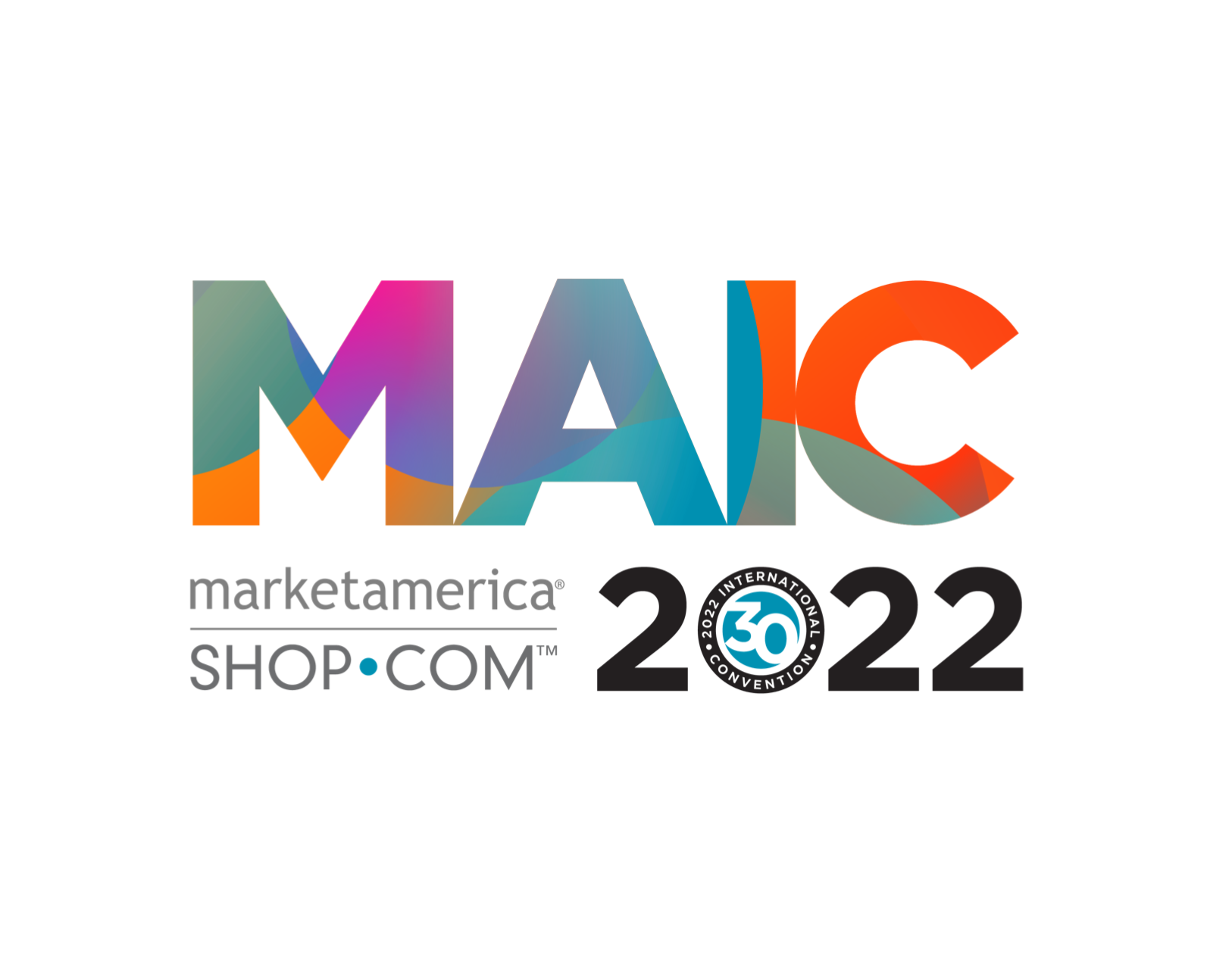Whenever we think about the concept of digital marketing, what usually comes to mind are the social media campaigns, copywriting techniques, SEO, backlinking strategies, and other technical aspects that can help brands get recognized online. However, there is so much more to this field and one thing that many companies fail to focus on is the multilingual side of digital marketing.
A multilingual approach is important now more than ever since the bulk of internet users are no longer just from English-speaking countries. In fact, the latest survey shows that only 25.9% of online users actually speak English and this is terrible news especially for companies using only this language on their websites and campaigns. It will not take a math whiz to know that failing to include foreign languages can significantly make you miss out on the other 74.1% of users!
If you are interested in creating a wildly successful online brand that is truly focused on reaching out and authentically connecting to the untapped market, it is integral that you start adapting your content by leveraging the power of transcreation. Creating a multilingual marketing plan is not just about translating content but is mainly about adapting from one language to another without losing the intended meaning, style, and tone.
Are you still on the fence and unsure why you should go after this digital marketing route? Below are three main reasons that will convince you to start changing your current practices right away.
Foreign Languages Can Help You Reach New Territories
Whether you are a social media influencer or a totally new brand, authentic localization of digital marketing materials and your website will help you develop a competitive edge in foreign markets. If you hire native speakers of a specific language, you can ensure that you are targeting the locals in the right way and that there will be no room for misinterpretation. By simply committing to multilingual strategies, you can grow your client base, increase your market share, and generate better revenue in the long run.
Some of the most recommended ways on how to ensure that you penetrate new territories through this approach includes the following:
- Design flexible combination brand logos that can be localized.
- Hire expert native speakers who understand the contexts and culture of the target market.
- Do not rely on auto-translation or machine-generated translations.
- Create multiple accounts for your brand depending on the different language segments you want to focus on.
- Include translations in all of your social media posts if your brand is image-focussed.
Mastery Of A Specific Language Can Hook Target Audience In
Have you ever heard of the quote, “If you talk to a man in a language he understands, that goes to his head… if you talk to him in his own language, that goes to his heart.” The same is true for digital marketing which is why you need to speak with your clients in a language they are most comfortable with if you want to build credibility and grab their attention.
In fact, studies show that 75% of consumers said that they are more likely to respond positively to content that is written in their local language. This is the reason why we sometimes encounter websites where we will be asked what language we are comfortable with so that every single line of text will be translated. Aside from hooking the target audience in and building instant connections, a multilingual digital marketing approach also lowers their anxiety when it comes to transacting with a foreign business allowing them to possibly become a repeat customer in the future.
Some of the ways you can lockin the audience’s attention online are by doing the following:
- Create video content with available subtitles in their native language.
- Publish video-based posts with dubbing in your target languages.
- Hire professional writers who understand the slang language of your target demographics.
Multilingual Marketing Removes Confusion
There is nothing more embarrassing than learning that some of the words you are using for your content marketing can be misinterpreted by the locals. For instance, using the word “salvage” in English-speaking countries may make sense but that is not the case when you use it in the Philippines where it has a denotation that refers “to violently attack.” Perhaps, brands like Pee Cola, Barf, Fart Bar, and Megapussi probably learned about this “confusion” the hard way too. To spare your business from this unfortunate situation and overcome language barriers like a pro, it would be wise to take note of the following:
- Always have your final marketing copy checked and revised by a reliable translator.
- Use plain language and do not use esoteric vocabulary.
- If you are unsure of the sentence’s correctness in the target language, always pair it up with visuals to help the customers get an idea of what you mean.






